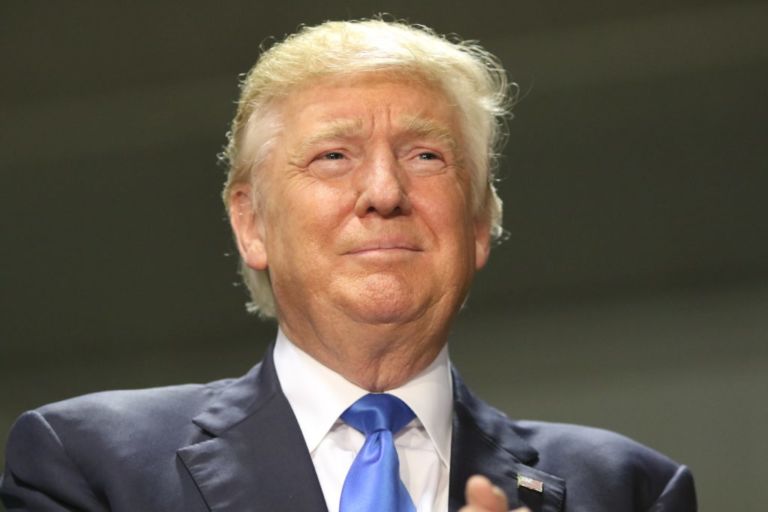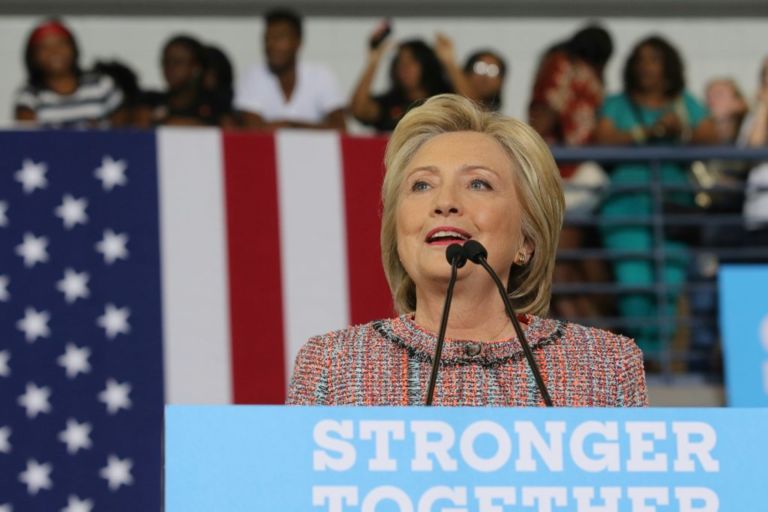Phil Gramm and Donald Boudreaux pour cold water on one of former President Donald Trump’s worst ideas.
‘National conservative” protectionists portray themselves as the adults in the room. They allege that free traders’ focus on consumption imperils America’s economy by undermining our ability to produce. President Trump’s trade representative, Robert Lighthizer, declares that “production is the end,” not consumption or efficiency. Analyst Oren Cass insists that “people’s ability to produce matters more than how much they can consume.” To promote production, they propose more protectionist measures.
But protectionism shrinks rather than expands production. It does so most directly by obstructing U.S.-based producers’ access to inputs. As Dartmouth’s Douglas Irwin has shown, more than half of American imports are raw materials or intermediate goods used as inputs in production. Restricting these imports raises producers’ costs and thus hamstrings American production and competitiveness. Every job “created” or “saved” by tariffs, which force American consumers and users of protected inputs to pay higher prices, keeps noncompetitive firms operating.
Protectionism’s assault on production shows up in the data. Consider Mr. Trump’s tariffs, which he called “historically successful” and which Mr. Lighthizer continues to claim created manufacturing jobs. Although Mr. Trump’s tax cuts and regulatory relief stimulated production, his tariffs worked in the opposite direction. Real per capita growth in gross domestic product accelerated from 0.93% in 2016 to 1.6% in 2017 and then to 2.4% in 2018, a 13-year high. But in 2019—the first full year of Mr. Trump’s tariffs—annual real per capita GDP growth fell to 1.83%.
One suspects that the fight between free-market forces and protectionists would play a major role in the economic debates of a second Trump presidential administration. On the other hand, a second term for Joe Biden would guarantee bad policies on trade, taxes, government spending, and more.


